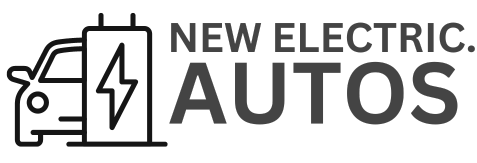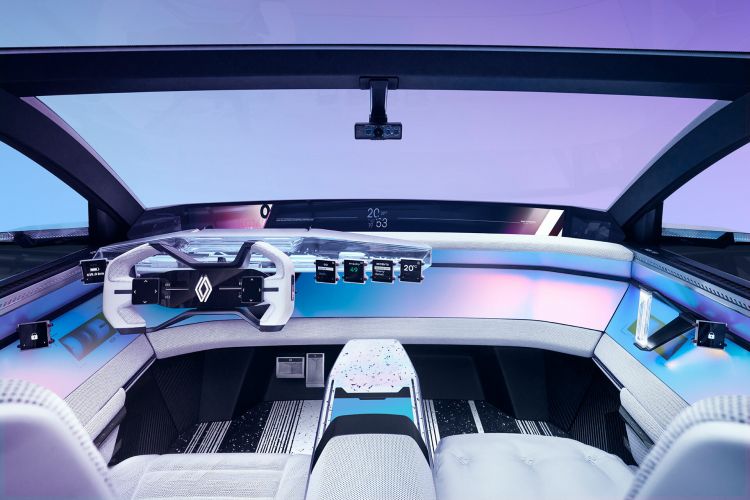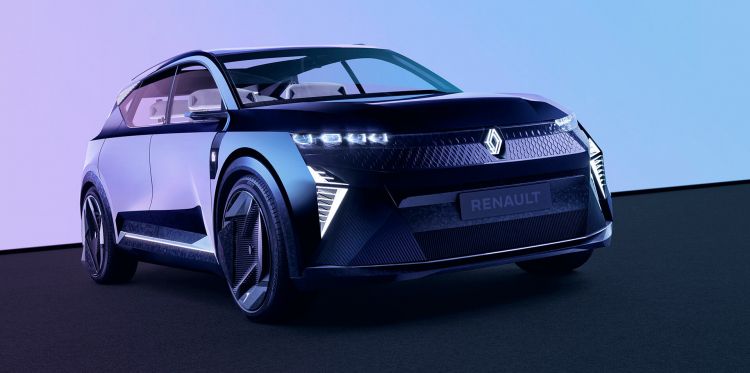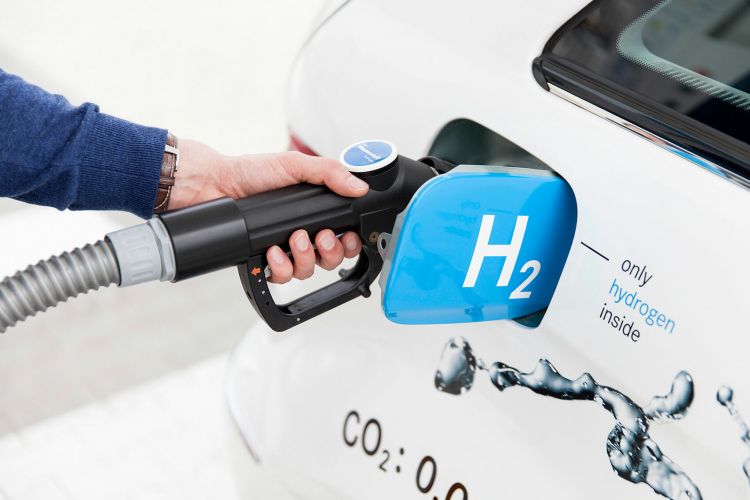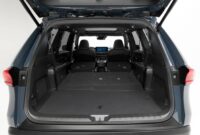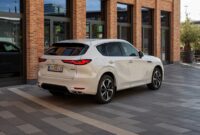That the battery-powered electric car will have to coexist with vehicles powered by hydrogen is something that seems increasingly obvious. However, the key is to know how those cars will use hydrogen. Renault presents us with the third way for the hydrogen car to become a realityan alternative to the traditional fuel cell, but also to the internal combustion engine capable of running on hydrogen, in order to try to put on the streets a car capable of combining the best of two worlds.
under the skin of a conceptual Renault Scenic that anticipates what the production model will be like to continue the saga of this minivan, Renault puts on the table a very interesting idea, although not as revolutionary as it might seem a priori. What Renault proposes to us is reinvent the hydrogen fuel cell to make it simpler, more scalable and, above all, more affordable. Thus the hydrogen hybrid is born.
What Renault has done is turn the hydrogen fuel cell into a range extendercreating a type of car where the bulk of the trips will be made using the battery, but where we will always have a small hydrogen-powered fuel cell available that will be able to extend our autonomy by several hundred kilometers.
In this way, the advantage provided by this concept, beyond offering high autonomies, is that of reduce both the size and weight of the propulsion systemwith a much smaller battery than the one a conventional electric would use, a fuel cell and its corresponding tanks that are also much smaller, without forgetting some shorter recharging and refueling times than its alternatives by using only one of the technologies.
Yes ok the idea of using a range extender in a battery-powered electric car is not exactly new and models such as the BMW i3 or the future Mazda MX-30 have used or will use gasoline engines for this purpose, Until now, no manufacturer had considered using a small fuel cell as an extender.instead of as a main power generator.
The hydrogen hybrid in detail
Once we look at the Renault Scenic Vision Concept, what we find is a car capable of achieving up to 800 km of autonomy, but with a final weight of “only” 1,700 kg. For comparison, a 60 kWh Renault Megane E-Tech, which only uses batteries to power its electric motor, offers a range of up to 470 km while shedding the same weight. To achieve this range-to-weight ratio in the Scenic, Renault combines a 218 hp electric motor, a 40 kWh battery and a small 22 hp fuel cell.
The only big question that Renault still needs to clear up is the cost of bringing this third way for hydrogen to the streets.a key aspect to be considered as a real alternative to the hydrogen hybrid.
